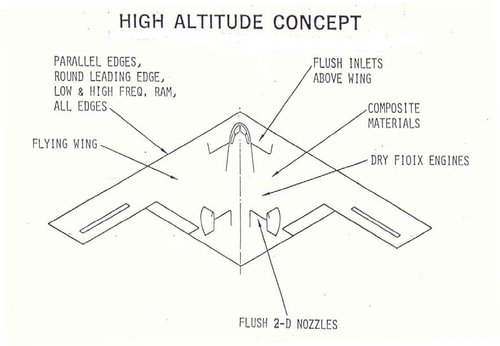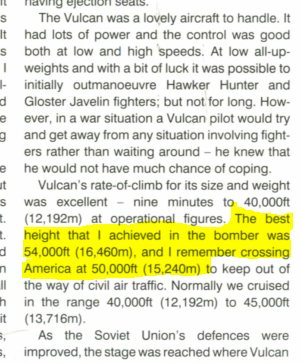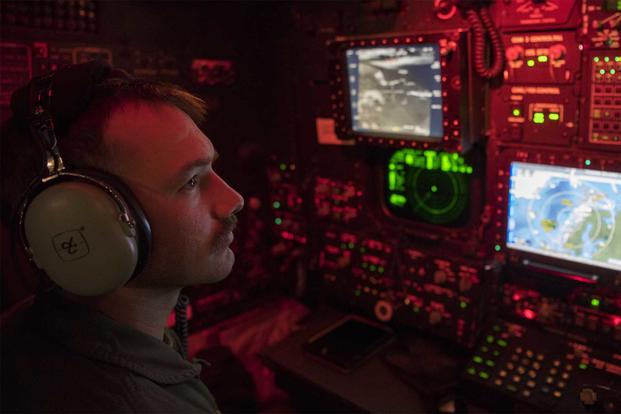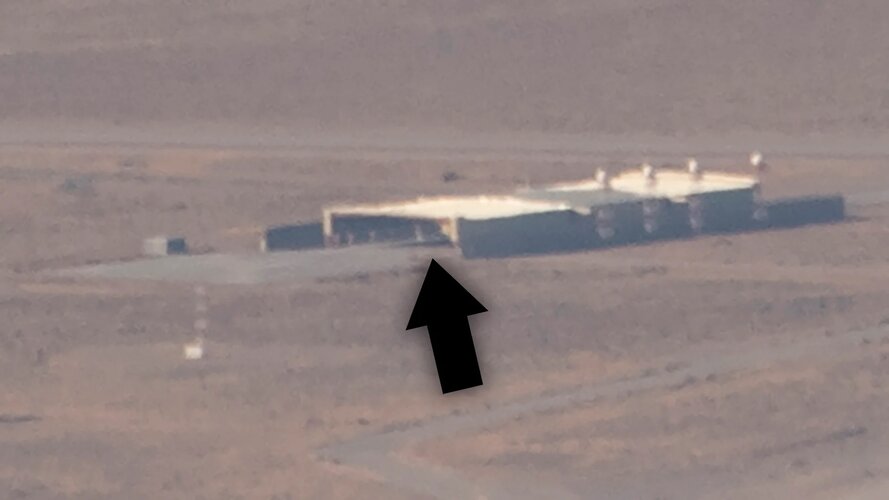- Joined
- 3 June 2011
- Messages
- 18,349
- Reaction score
- 12,270
But MOP doesn't weigh 21,000lbs. It weighs 30,000lbs.Which works out well, as another Aero Engineer who attended school with me and reviewed my work said he figured it should be able to carry one MOAB which weighs around 21,000 lbs.
MOAB is shoved out the back of a C-130, and is not carried by any bomber. MOP (GBU-57), which is carried by the B-52 and B-2, weighs 30,000lbs.
MOAB
View attachment 642335
MOP (GBU-57)
View attachment 642336
Yeah, meant MOP. Such is life.









